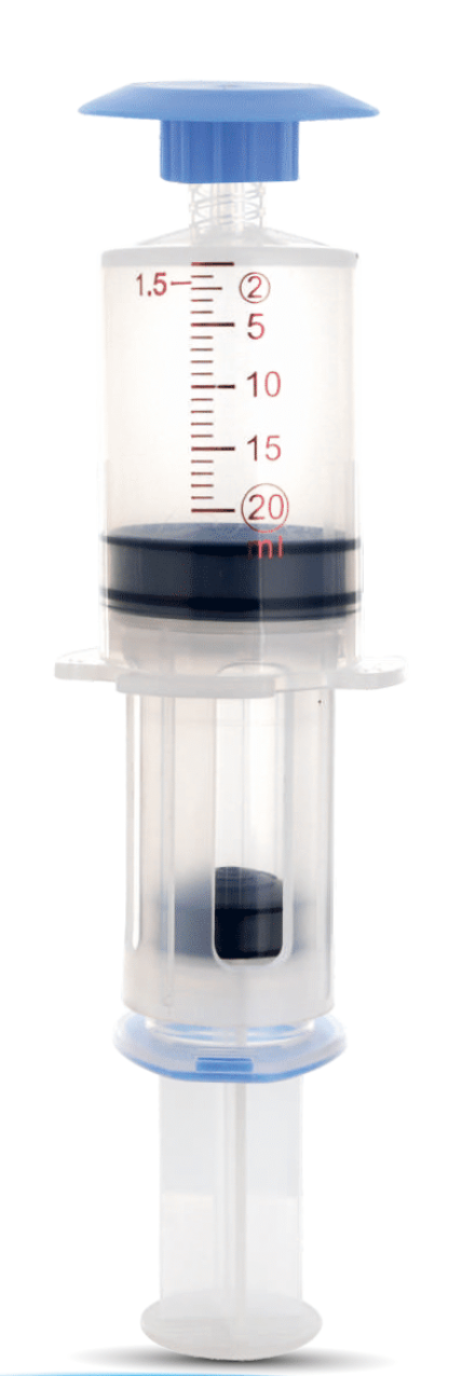
In countries that recognize the CE mark, the ACP system is indicated for the treatment of knee osteoarthritis, rotator cuff repair, and elbow tendinosis.
Reference:
Consensus, Part 1:
Evidence for PRP :
Types of PRP:
Comparing PRP and Corticosteroid Injections for Knee Osteoarthritis
Reference:
Study Design:
Follow-Up:
Results:
Both types of injections helped reduce pain, stiffness, and improve knee function. The biggest improvements were noticed at 6 weeks and 3 months.
Comparison:
Comparison of PRP and Hyaluronic Acid for Knee Osteoarthritis: Meta-Analysis of 26 RCTs
Reference:
Study Overview:
This meta-analysis included 26 randomized controlled trials with a total of 2430 patients comparing PRP to hyaluronic acid (HA) for treating knee osteoarthritis.
Better Outcomes with PRP :
Improvement in Specific Areas:
PRP also showed better results in pain (WOMAC pain), stiffness (WOMAC stiffness), quality of life (EuroQol VAS), and knee function (IKDC) at 6 and 12 months.
Safety:
There was no significant difference in adverse events between the PRP and HA groups, indicating both treatments are similarly safe.


